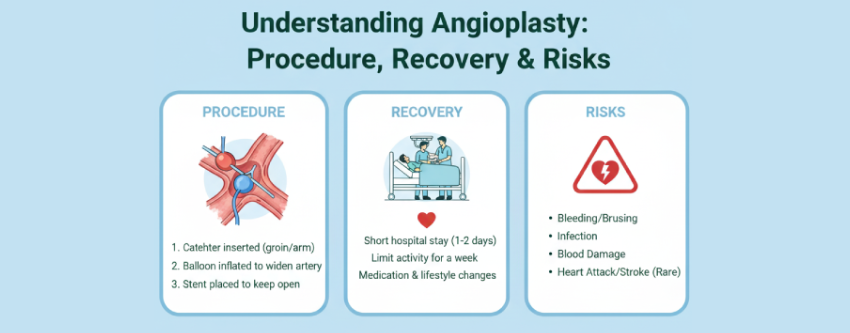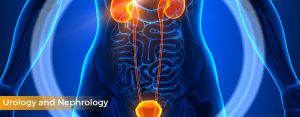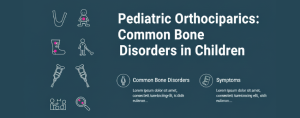Angioplasty is a common medical procedure used to open arteries that have become narrowed or blocked due to plaque build-up. By restoring blood flow, it reduces the risk of complications such as chest pain, heart attack, or stroke.
This blog explains what angioplasty is, why it is performed, and what patients should know about the procedure, recovery, and possible risks.
What is Angioplasty?
Angioplasty is a minimally invasive procedure in which a small balloon is used to push plaque against the artery walls, creating more space for blood to flow. In most cases, a stent (a small wire mesh tube) is inserted to help keep the artery open.
It is recommended for people with coronary artery disease, peripheral artery disease, or when arteries in the neck or kidneys are blocked. Unlike bypass surgery, which creates a new route for blood flow, angioplasty reopens the existing artery without major surgery.
Types of Angioplasty
- Balloon angioplasty: A balloon-tipped catheter pushes plaque against the artery wall to improve blood flow.
- Stent placement: A stent may be placed to keep the artery open. Stents may be bare-metal or drug-eluting (coated with medication to reduce re-narrowing).
- Coronary vs. peripheral angioplasty: Coronary angioplasty treats arteries of the heart, while peripheral angioplasty is performed in arteries of the legs, arms, kidneys, or neck.
Preparing for the Angioplasty Procedure
Before angioplasty, patients usually undergo evaluations such as:
- Electrocardiogram (ECG)
- Blood tests
- Imaging, such as angiography or cardiac CT
Doctors may advise fasting for several hours and adjusting certain medications. Patients are also asked about allergies, particularly to contrast dye. Before entering the catheterisation laboratory, a sedative may be given to help relaxation.
Angioplasty Procedure: Step-by-Step
- Local anaesthesia is given at the insertion site, usually the wrist or groin.
- A catheter is engaged into a blood vessel and guided towards the blocked artery using X-ray imaging.
- A balloon is advanced over the PTCA wire and inflated to push plaque aside at the site of stenosis.
- A stent may then be placed to keep the artery open.
- The balloon is deflated and removed, leaving the stent in place if used.
The procedure typically lasts 30 minutes to two hours. Afterward, the catheter is removed, and pressure is applied to the entry site to prevent bleeding.
Angioplasty Procedure Recovery
- Hospital stay: Most patients stay for 1-2 days post-procedure for observation.
- Monitoring: Heart rhythm, blood pressure, and the insertion site are closely monitored.
- Medications: Blood thinners such as aspirin, clopidogrel, or ticagrelor are prescribed to prevent clots inside the stent.
- Activity restrictions: Patients are usually advised to avoid heavy lifting and strenuous activity for a few days.
- Recovery timeline: Most return to work within a week, depending on health and type of angioplasty.
- Lifestyle changes: Diet, exercise, and quitting smoking play a role in long-term recovery. Cardiac rehabilitation may also be recommended.
- Follow-up: Regular check-ups help monitor artery health and reduce the risk of re-narrowing.
Risks and Complications of Angioplasty
While angioplasty is generally safe, there are risks:
Common and mild side effects:
- Bruising or soreness at the catheter site
- Temporary fatigue
Serious but rare risks:
- Heart attack
- Stroke
- Blood clots forming in the stent
- Damage to the artery or kidney problems from contrast dye
Stent restenosis: In some cases, the artery may narrow again, requiring another intervention. Doctors use drug-eluting stents to lower this risk.
When to Seek Medical Attention Post-Angioplasty
After angioplasty, patients should contact their healthcare provider immediately if they notice:
- Chest pain or shortness of breath
- Bleeding, swelling, or pain at the catheter site
- Change in leg colour or numbness
- Fever or signs of infection
Angioplasty Success Rates and Outlook
Angioplasty has a high success rate in improving blood flow and relieving symptoms of blocked arteries. Success rates depend on factors such as the severity of blockages, overall health, age, and whether multiple arteries are affected.
Most patients experience improved quality of life, but long-term success also relies on healthy lifestyle habits and regular medical follow-up.
Conclusion
Angioplasty is a minimally invasive and widely used procedure to restore blood flow in blocked arteries. Understanding the angioplasty procedure recovery process, along with potential risks, helps patients prepare better and follow medical guidance closely.
With timely treatment, healthy habits, and regular check-ups, angioplasty can significantly improve heart health and reduce the risk of serious complications.
Frequently Asked Questions
1. How long does it take to recover from an angioplasty?
Most people recover within a week, though this may vary depending on age, overall health, and whether multiple arteries were treated.
2. Is angioplasty a permanent solution for blocked arteries?
Not always. A stent can keep an artery open, but plaque may build up again. Lifestyle changes and medicines are important for long-term results.
3. What are the activity restrictions after angioplasty?
Patients are usually advised to avoid heavy lifting, strenuous exercise, and driving for a few days. Light walking is often encouraged. No long-term activity restrictions.
4. How long do you stay in the hospital after angioplasty?
Most patients stay for 1 or 2 days post-procedure. A longer stay may be required if complications occur.
5. What medications are prescribed after the procedure?
Doctors often prescribe blood thinners, such as aspirin or other antiplatelet medicines, to reduce the risk of clots forming inside the stent.
6. Can you walk after angioplasty?
Yes, walking is generally safe and encouraged soon after the procedure, as long as your doctor approves.
7. Are there any risks or complications after angioplasty?
Minor bruising or soreness at the catheter site is common. Rare but serious risks include blood clots, restenosis (re-narrowing), or irregular heartbeat.
8. What dietary changes should I follow during recovery?
A heart-healthy diet is recommended: plenty of fruits, vegetables, whole grains, lean protein, and healthy fats. Foods high in salt, sugar, and trans fats should be limited.
9. How soon can I return to work after angioplasty?
Most people can go back to work within a week, but those with physically demanding jobs may need more time.
10. Is chest pain normal after angioplasty?
Mild discomfort at the insertion site is common, but persistent or severe chest pain should be reported to a doctor immediately.
11. What should I do if the catheter site is swollen or red?
Contact your doctor right away, as swelling, redness, or discharge may indicate infection or bleeding.
12. How often will I have to follow up with my cardiologist?
Generally, follow-up appointments will occur every few weeks initially and thereafter at regular predetermined intervals in order to judge progress and reassess treatment if warranted.
13. What is the difference between angioplasty and stenting?
Angioplasty is a procedure that uses a balloon to help widen a blocked artery. A stent means our doctor will further the angioplasty procedure by placing a small wire mesh tube (stent) in the artery to keep it open. Usually, angioplasty is followed by stenting to prevent complications.
14. Does angioplasty reduce or prevent future heart attacks?
Angioplasty lowers the risk of heart attacks by directing blood flow more efficiently, however it does not remove the risk altogether. Ongoing medication, proper diet, exercise and quitting smoking are important long-term prevention habits.
15. Can angioplasty cure my heart disease?
No. Angioplasty can treat the blockage but it does not cure the underlying disease, atherosclerosis. Ongoing management and lifestyle modifications will remain necessary.
Medically Reviewed by — Dr. Ritesh Sanguri (Associate Director – Cardiology)















